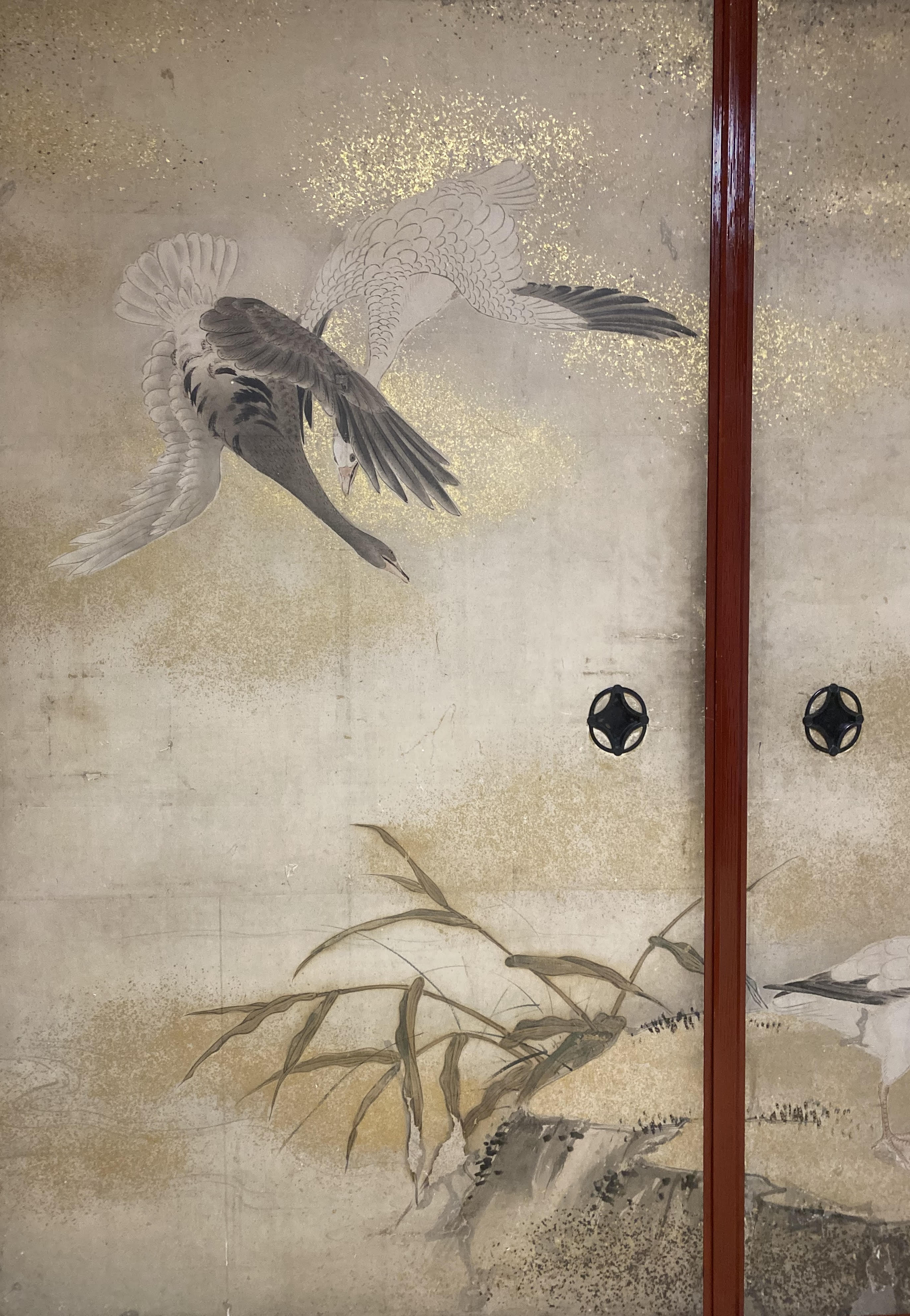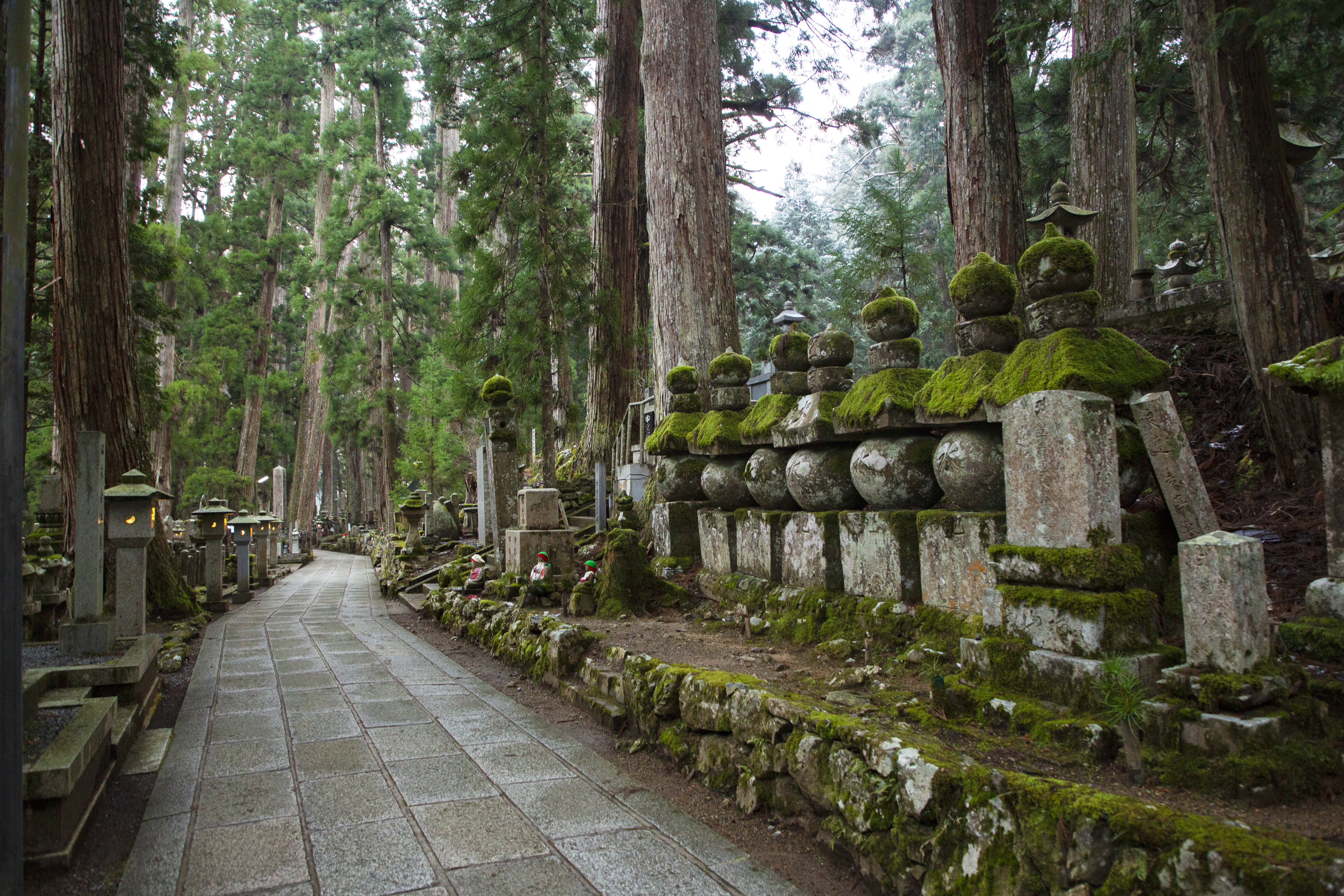Even Further Off the Beaten Track at Koyasan – Hidden Secrets at Japan’s Buddhist Mountain Monastery
2024/05/08
UNESCO World Heritage Site Koyasan is one of Wakayama’s jewels, and has become one of the most frequently visited religious sites by foreign travelers in Japan in recent years. A plain surrounded by mountain peaks south of Osaka, Koyasan was initially a site of meditative and ascetic practices in the tradition of Shingon esoteric Buddhism in the 9th century. It became a destination for pilgrims seeking the salvation promised by a mere visit (simply to be at Koyasan was to be in a Pure Land Buddhist paradise). Today it is one for visitors from all over the world who come for the history, for the spiritual and religious world, and for the beauty both natural and architectural. All these functions co-exist today: Koyasan is a sightseeing attraction on the bucket list of the traveller, but it is also a living, working monastic community. Most visitors come for a day and sometimes stay for a night so that they can experience the space, enjoy shojin ryori vegan temple cuisine, practice meditation or Shingon visualisation, and observe a morning ceremony (which sometimes includes a fire ritual, the most central of the Shingon Buddhist practices).
Shukubo temple lodgings are traditionally basic: not hotels in the modern sense, or even travelers’ inns, they were originally lodgings for the aristocratic pilgrims that had been ascending the mountains to pay their respects at Koyasan since the founder’s death. They were short-term residences for those in search of a spiritual experience, and could be rather lavish since among those pilgrims the nobility were valued patrons and when it came to such figures, the spiritual was very often the political too.

Sliding doors inside one of Koyasan’s shukubo temples – such paintings are quite typical to the interiors of many of the temples.
Over the last few years, many of the shukubo at Koyasan have undergone renovations, and today there are some well-designed modern rooms and suites that combine the traditional temple aesthetic with a Western minimalism (which itself owes a debt to Zen-inspired Japanese interiors). But whether one chooses a more western style or an older Japanese one, the designs are largely congruent with the rest of the temple interiors and for spending the night in a Buddhist temple both provide a precious and serene experience. But let us step away from the lodgings for a moment…
There are some staple sites that tourists visit: among them are Danjo Garan (Central Complex) and Okuno-in (Inner Sanctum). These are important pilgrimage destinations, and have been for as far back as we can trace. Danjo Garan was designed by the founder of esoteric Shingon Buddhism in Japan – 8th century monk Kukai (posthumously Kobo Daishi) – and is the earliest part of a Buddhist complex that gradually spread further and further out over the flat plain. It has some astounding architecture, most prominently the gigantic pagoda that represents – inside and out – the esoteric Buddhist cosmos.

An enclosed family grave site at Okuno-in, one of numerous that line the forest paths leading to the cave-mausoleum of the founder of Koyasan, Kukai.
Okuno-in, in contrast, marks the place of the founder’s ending, for he is enshrined here in a mausoleum cave, at the terminus of a vast forest cemetery. But this space also continued to expand its boundaries as it attracted the remains of more and more devotees. In some ways Danjo Garan could be considered the physical and ascetic part of Koyasan as an institution, a place where access to the psycho-physical state of esoteric Buddhism is granted, while Okuno-in is an otherworldly part, where access to ancestors (the thousands of family graves as well as the mausoleum of the ancestor-founder) is provided. Danjo Garan is also the architectural and iconographical showcase of Koyasan, while Okunoin shows the marvels of the non-manmade. The natural elements – tall, centuries-old trees, moss slowly blanketing stone monuments, clear air – are awe-inspiring, uplifting, even somewhat consciousness-altering.

Bodhisattva icons nestle in the moss amid soaring trees. Everywhere, there are signs of human faith and connections with a sacred realm, as here with the pot full of penny offerings, and the knitted hats, These Bodhisattvas (named Jizo) are especially protective of babies and children, hence the bibs.
In addition to these sites, I would like to recommend two others that attract much less attention but are unusual parts of Koyasan’s history. There is a cluster of old temples just ten minutes’ walk from the Danjo Garan the location of which has the ambience of a quiet, tucked away part of a suburb. These temples were long the cloisters of the “Scholar Monks”, a sector of the Koyasan community who traditionally wrote dense commentaries on theological and ritual texts, preserved old texts, and carried out doctrinal debates. They were the “knowledge producers” of medieval to modern Koyasan, producing a canon of sacred texts specific to Koyasan, and they were of a lineage called “Central Cloister Lineage” which traced itself back and took its name from Kukai’s original residence at Koyasan.
At one of these temples (which also functions as a shukubo), Shochi-in, an unusual rock can be found in one of the gardens, named “Mondo no iwa” (Discussion Rock). It is a mountain in miniature and it is believed that here, the (local, non-Buddhist) god of the mountain would descend and allow 13th century Scholar Monk Dohan to access its knowledge. This is a world in which the indigenous gods and goddesses instructed and engaged in discussions with Buddhist monks. Koyasan is drenched in this syncretism, and Shochi-in is a good temple at which to experience that – you can sit by the window to view this sacred rock.
There is also an unusual pair of monuments in Okuno-in that point to a very particular time in which some unusual kinds of pilgrims were drawn to the site of Koyasan – those in search of proof of the presence of Christianity in Buddhism. At the turn of the twentieth century there was a short-lived buzz of enthusiasm for this notion. Not far from the mausoleum itself stand the monuments related to one such enthusiast. The grave of late nineteenth century Scottish aristocrat Elizabeth Anna Gordon lies here. Gordon was a scholar fascinated with Koyasan’s religious history.
Next to the gravestone is an unusual stele, a 1911 replica of the so-called “Nestorian Stone” which had been commissioned by Gordon. She was enamoured by the idea that Kukai had seen this stone in China whilst stationed there as a student of Buddhism and absorbed ideas from (Nestorian) Christianity into his Shingon. The stele is engraved with two different scripts that tell the histories of the Buddhist and Nestorian traditions. At Koyasan it is known as the “Keikyo Monument”. It is doubtful that it indicates some co-existence between religious traditions in the Buddhism that Kukai imported from T’ang to Japan, but the story of Gordon herself is quite intriguing. She was a rare female researcher at the time and one of the earliest women to be allowed at Koyasan which was a male-exclusive space until the late nineteenth century when the female prohibition was officially lifted.
These two historically significant but lesser-known sites at Koyasan tell just a little of the very long, rich history of the place, one that involved manifestations of gods on rocks, and in a time closer to our own, the attempt of one foreign investigator to explain Koyasan’s religious history as ultimately traceable to an original Christian source. Beautiful Koyasan is a fascinating combination of belief systems and the sites at which these were expressed, and in addition to its unmissable grand principal sites, is home to many places and stories that testify to this.
It is worth stepping off the beaten track just a little further in order to experience this.
Access
Osaka to Koyasan (around 2 hours). Catch the Nankai Railway from Osaka Namba Station (or Shin-Imamiya Station), taking the Nankai Koya Line to Gokurakubashi Station (terminal). You may need to transfer at Hashimoto Station on the way if you get an express/rapid express train. The faster limited express train goes directly to Gokurakubashi Station.
At Gokurakubashi, a five-minute cable car ride takes you up the mountain to Koyasan and from here a ten-minute bus ride goes to the centre of Koyasan town from which the shukubo and main sites are accessible by foot. Walking from the cable car station to town is not permitted.
Fare-savers include the Koyasan World Heritage Ticket or Kansai Railway Pass.
Shochi-in Temple is here.
The Keikyo Monument in Okuno-in is here.

This is a 3-Day tour that takes you to Mt. Koya and the remote village of Nosegawa in Nara. Koyasan is one of the most sacred pilgrimage sites in Japan, and it is the ideal way to experience the essence of Japanese Buddhism first hand. After your pilgrimage to Mt.…
from300,000JPY

01
FIND YOUR FAVORITE
TRIP ON OUR WEBSITE.
SEND US AN INQUIRY.

02
PERSONALIZE THE TRIP
TO YOUR INTERESTS
WITH OUR CONSULTANT.

03
20% DEPOSIT TO CONFIRM.
BALANCE PRIOR TO ARRIVAL.
PAYMENT BY CC OR TT.

04
WE WILL
MEET YOU
AT THE AIRPORT.

05
DISCOVER THE
TREASURES!